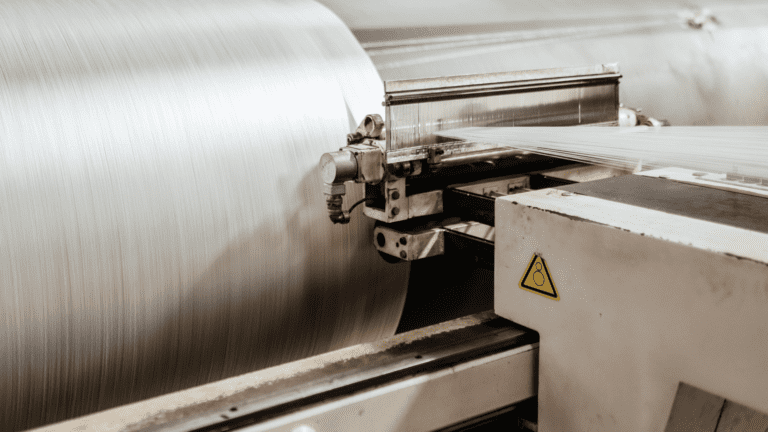Currently, in the world in which we are immersed, violence increases more and more and seems to have no end, this is the reason why personal security has become one of the main problems of citizens, however, as For every problem there is a solution, today at Textiles Omnes we will show you those fabrics that provide you with security and protection. Have you heard of bulletproof vests? Keep reading and discover the world of ballistic fabrics.
¿How do bulletproof vests work in Colombia?
Para nadie es un secreto que la función principal de los chalecos antibalas es atrapar la bala y dispersar su energía, sin embargo, muy pocos conocen los tejidos textiles que hacen que esta prenda sea tan valiosa para la seguridad personal. Es por esto que, es importante que sepas que los chalecos antibalas están diseñados con múltiples capas de fibra de aramida, material que brinda resistencia al calor y que a su vez, se caracteriza por ser 5 veces más resistente que el acero.
When a bullet impact is generated in the vest, all the fibers of the material generate tension and trap the bullet, which causes the projectile to deform upon contact with said fibers, and therefore, speed and energy are reduced. However, although in some cases the bullet can penetrate one or more layers of the vest, the fibers of these are so resistant that they fulfill the function of reducing its energy, which prevents serious injuries.
Así mismo, no podemos dejar de lado que este tipo de armaduras de protección los rige la norma (NIJ) en Estados Unidos que establece el grado de protección de las armaduras corporales, es por esto que, a continuación, te mostraremos cómo funcionan los chalecos antibalas en Colombia:
- NIJ IIA level: This is the first level of protection for those ballistic vests that stop impacts from 9 mm metal-coated round nose bullets weighing 124 grams, covering speeds of up to 363 m/s. Without leaving aside the protection against FMJ bullets of the .40 S&W caliber whose speed is equal to or less than 350 m/s.
- NIJ II level: This second level guarantees a degree of protection equal to the NIJ IIA level and is also effective against 158 gram 357 Magnum JSP bullets.
- NIJ III A level: This level is characterized by withstanding impacts from the .357 SIG caliber with FMJ tip.
- NIJ III level: para este nivel el chaleco antibalas está compuesto por una placa balística fabricada en metal duro y panel blando diseñado en kevlar, polietileno o materiales cerámicos. Este tipo de chalecos brindan protección contra balas FMJ de calibre 7,62 mm de 147 gramos que viajan a una velocidad de 878 m/s.
- NIJ IV level: Bulletproof vests that belong to level IV are those that provide greater protection, since they are effective against 7.62 mm caliber AP bullets with 166 gram tips at a speed of 878 m/s.
¿What material are bulletproof vests made of?
La fibra de aramida es la fibra sintética que se usa con mayor frecuencia, pues este tipo de tejido textil está compuesto a base de moléculas largas y delgadas que son fuertes y resistentes al calor, razón por la cual, brinda protección y soporta temperaturas extremas.
Types of bulletproof vests
Did you know that bulletproof vests not only provide protection but that there are also different types? Below we will show you the two types of bulletproof vests that exist:
- Soft bulletproof vests: These types of vests are characterized not only by being comfortable, since they offer excellent ergonomics, but they are also designed with resistant fibers such as polyester, nylon, aramid or polypropylene.
- Hard bulletproof vests: This type of vest is characterized by having thicker textile fabrics than soft fabric vests, as these have rigid ceramic or metal ballistic plates.
Now, we must not leave aside that just as there are levels of protection, there are also types of bulletproof vests according to their usability, an example of this is bulletproof vests for police, military use and civil use. Without a doubt, thanks to ballistic fabrics such as aramid fibers, today we can feel free, safe and protected. If you want to know a little more about ballistic fabrics, do not hesitate to contact us, the experts in technical textiles in Colombia.



